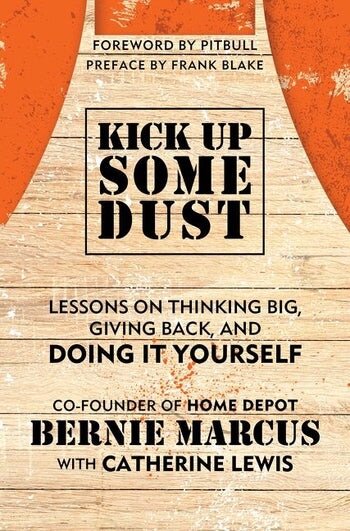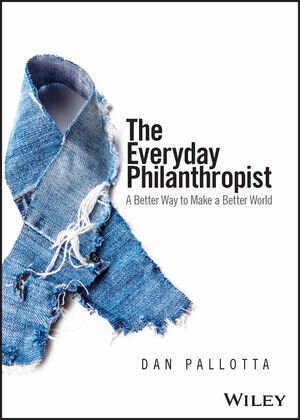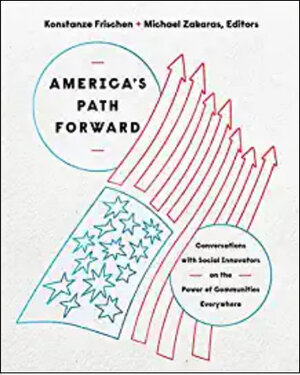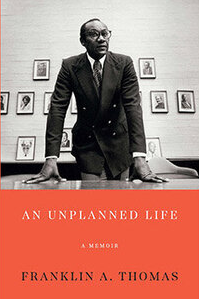Kick Up Some Dust: Lessons on Thinking Big, Giving Back, and Doing It Yourself
If you’ve been inspired by a passing HGTV episode or forced to finally fix the leaky sink at home once and for all, you’ve probably found yourself wandering the aisles of Home Depot.
As a child, I loved wandering the aisles of Home Depot with my parents. My mom was very crafts-y and my dad was handy (and could never say no to her projects), and as they hunted for their materials, I would get lost. There was a little bit of everything in there, from a lightbulb maze to what felt like a private rainforest in the back. After reading Kick Up Some Dust: Lessons on Thinking Big, Giving Back, and Doing It Yourself, I feel the stores are like a metaphor for Home Depot co-founder Bernie Marcus’s life: jam-packed with lessons, tools, and several lives wrapped into one.
The book consists of more than just Marcus’s life story. He shares his view on his rise to success as well as his trials with failure and everything in-between. It’s a lot to pack into 305 pages, but at 93 years old, Marcus has plenty of experience to share. At the crux of the story is taking risks—although he stresses he takes them “for purpose, not for pleasure”—and being the unexpected element, and that’s clear from the very beginning of his book. With a foreword written by rapper Pitbull, Marcus encourages the reader to shed what they think they know about him and invites them to learn something new.
Marcus tells his life story as one of the American Dream gone right, a pull-yourself-up by-your-bootstraps, rags-to-riches tale. Born into an already full house in Newark, New Jersey, during the Great Depression, Marcus and his family struggled to get by. His parents were Russian immigrants who fled the Nazis and settled in a tenement. His father was a cabinetmaker, and his mother was a survivor of the infamous Triangle Shirtwaist factory fire. As poor as they were, Marcus writes, his mother instilled in him and his siblings the Jewish concept of tzedakah, which means “to give back.” He held onto the concept of tzedakah as he became successful and signed the Giving Pledge with his wife in 2010. Since then, with a net worth of $9 billion, he has given over $2 billion in support of education, hospitals, and Jewish causes. Marcus got serious about his philanthropic crusade after he retired from Home Depot in 2002, starting with the Homer Fund at Home Depot. Made as an emergency fund for Home Depot employees in need, Marcus writes that he believes the Homer Fund inspired similar funds at companies like Lowes.
The road from tenement living to Forbes 400 billionaire was paved with plenty of rejections and detours before Marcus created Home Depot with Arthur Blank and Ken Langone. Along the way, Marcus briefly pursued dentistry school, worked as a hypnotist in the Catskills, and held several odd jobs before his entrepreneurial spirit led him to retail positions, where he worked his way up. Marcus came to the “do-it-yourself” philosophy on which Home Depot has built its empire when he was 49 and had just been fired from his retail job. That was when he, Blank, and Langone decided to create the business. As Marcus admits, the first go-around wasn’t so smooth:
“On opening day, June 22, 1979, our kids stood at the entrance giving out $1 bills to lure in shoppers. By dinner time they still had plenty of cash. We were devastated, and I remember that my wife would not let me shave the next day because she did not want a razor in my hands. But we were passionate about our idea, understood the risks, were not afraid of failure, and told our story to anyone who might help us meet our goal. These four factors helped us become the world’s largest home-improvement retailer. At the heart of it all was the belief in the concept of do-it-yourself.”
This spirit of perseverance and dedication to a vision is what Marcus sees, again and again, as the key to his success.
While the concept of philanthropy and giving is woven into the narrative throughout the book, it is in the final chapter that he explicitly talks about his giving. Marcus categorizes his approach to philanthropy cheekily as having a “do-it-yourself quality.” He and his wife, Billi, founded the Marcus Foundation in 1986, and it has since been at the forefront of funding PTSD treatment for veterans, autism treatment, and cancer research in hospitals, mainly in Atlanta. With a diverse giving portfolio, Marcus even helped to open the Georgia Aquarium in November 2005.
In his book, Marcus touches on his belief that as a high-profile donor, he has a responsibility to leverage his status to help the organizations he’s giving to, beyond the grant dollars. “At the Marcus Foundation, we’ve never liked blind gifts, because they prevent the donor from becoming involved in solving a problem. You can’t ‘do it yourself’ if nobody knows who you are. While all nonprofits need money, they also need expertise and advocacy. And if you give anonymously, it’s difficult to bring other people on board,” Marcus writes. Being that the book is an autobiography, Marcus spends much of the chapter about philanthropy explaining the pleasure he gets from seeing his funds at work and the feeling of being thanked by those who were touched by the nonprofits he funds. “Some people like to read balance sheets; I love impact reports that show why our work matters. These stories stick with me. They motivate me to get up in the morning,” he writes.
Marcus’s story is one of perseverance and homage to his roots. Throughout the book, Marcus mentions his mother’s impact on his work ethic and giving habits, how it was ingrained in his culture as a Jewish man, and how he carries it with him to this day. Whether it’s a home renovation, a new business, or a philanthropic venture, Marcus’s advice will almost always be “do it yourself.”
Samantha Mercado is a staff writer at Philanthropy News Digest.










